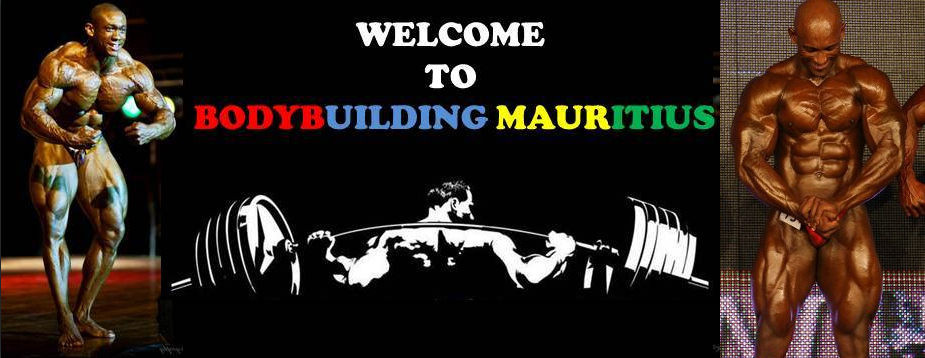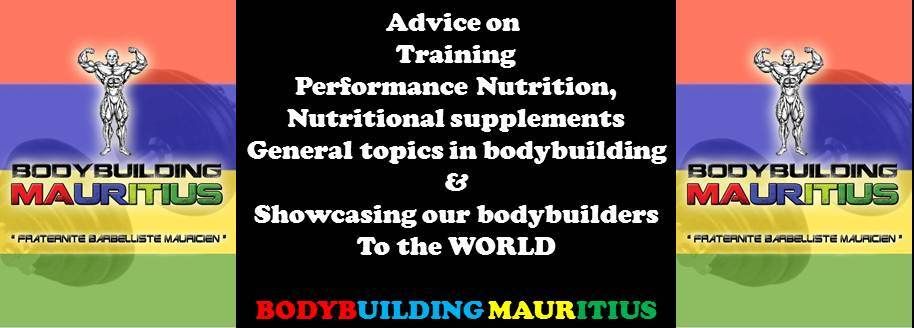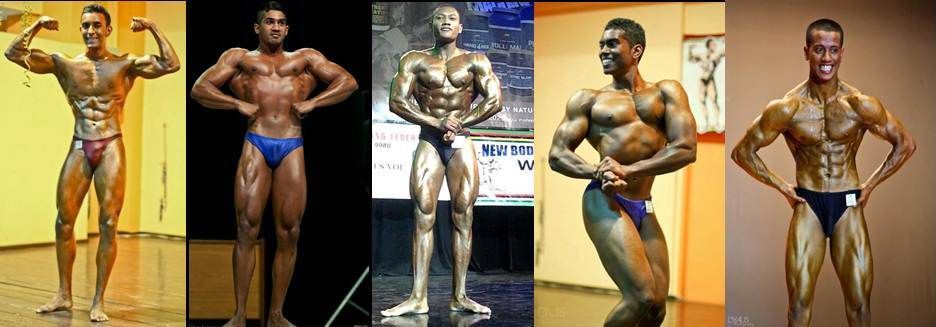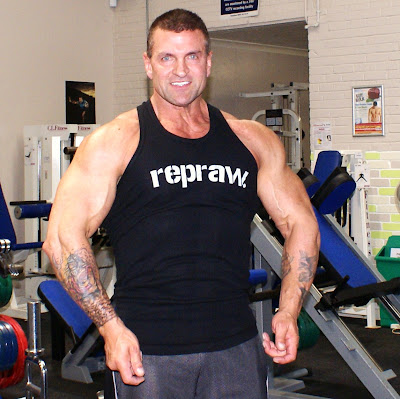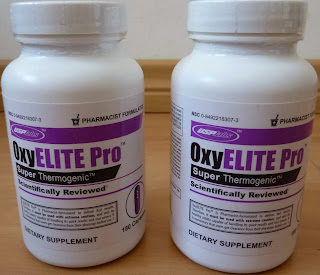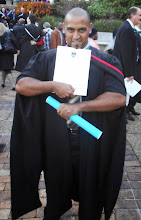How Tom Platz Built Those
Legs
Article from Musclemag International
Article from Musclemag International
Just starting out, I
trained with Olympic lifters who taught me a reverence for the squat. They
taught me that this is where life and death passes before your eyes, that this
is the altar of weight lifting. But when I first came to Gold's in Venice the
squat rack was cluttered and shoved in the back, an nobody used it. Sure,
Arnold and Ed Corney used it in Pumping Iron, but that was more for show. When
I started squatting a lot, people said I shouldn't because it would throw off
my balance and symmetry. I did it anyway.
.jpg)
Because it was so taxing,
I squatted only twice a month. It was like you were attempting something
superhuman. To prepare for it, I'd get up at 5 a.m. and mentally talk to myself
as encouragement and that helped make it easy in my mind. It never turned out
that way, of course. It was always brutal, to the point where I'd go, "I
think I felt the muscle tear off the bone. I think we should stop, Tony
(Martinez)." And he's say, "You'll be okay. Rub it a little bit and
you'll be fine." But I was good at talking myself into the idea of
squatting, even though I knew the reality."
I'd put on my lifting
shoes - I wore Adidas weightlifting shoes with a higher heel that tapered down
to a thin sole - and they were part of my experience, physically and
psychologically. I mean, would you go ice-skating without blades? Lifting shoes
were that for me: an important piece of the puzzle that made my workout the
experience that it was.
So I'd put on my shoes,
grab my gear and drive from Malibu to Venice in my 1960 Corvette. As I pulled
out of the garage the throaty rumble of the powerful engine would blend into my psyche and become part of my
preparation as I drove. I'd purposely drive by the ocean to watch the waves
smash powerfully against the rocks. If I thought about the workout too much,
I'd get sweaty palms on the way to the gym and couldn't grip the steering
wheel. Watching the ocean helped distract, and prepare me.
I'd pull into Gold's in
Venice. It wasn't busy like it is today. There were only a few of us there,
especially that early. And, of course, Tony would be there waiting for me,
ready for the workout.
We'd go to the squat rack
and I remember always stretching in front of the rack. I'd take the hurdler's
position on the floor - one leg bent, the other straight - then lower my nose
to my knee. As I stretched out I'd try to ease my mind, convince myself I was
there to have fun, to just do one or two sets and call it quits. Sometimes we'd
even cover the mirror with newspaper because I didn't want to see myself squat.
I just wanted to feel it and experience it within my own being.

Of course this pre-workout
time wasn't only about the stretching; it was also about emotionally and
physically preparing for what was about to come. I'd touch the weights, the
rack, the bar, and I'd have this almost religious reverence for them. I liked
to use an old battered bar, slightly bent just enough so that it didn't roll
off my shoulders when I was standing erect. I'd marked it with a plate, banged
the plate on the collar so that I could remember which one it was, and I always
wrapped a towel around the bar before I started my sets.
Done stretching, I'd put
on my lifting belt - a little loose so that I could breathe - and Tony and I
would warm up real slow. A set at 135 for 10 easy reps. Add another plate, nice
and easy. Then we'd listen to Motown and we'd start progressing with the
weight. Now 315. I'd leave space between the plates on purpose so when I came
up from the squat, a real quick rep, the plates would jingle. The sound was
very important to me. The music, the Motown and the plates jingling against one
another - big, thick, 45-pound iron plates. That sound helped me time the reps
and my movement. I liked to come up quickly with such speed that the bar would
bend over my shoulders and the plates would crash together, and I relished that
sensation! I'd do a quick 20 reps with 315 with all my senses focused.
One more 45 per side and
Tony would put the collars on, knowing the exact space to get that sound. Tony
would count off my reps . . . 10 . . . 20 . . . 30 - let's see how far we can
go! When I'd get to the point where I couldn't do any more reps, Tony would say
something like, "You OWN this exercise!" or "Go after it and GET
IT!" He would conjure up six, eight, 10, 20 more reps out of me. Then I'd
literally fall into the squat rack and jing! The plates would rattle and I'd
fall to the floor. I'd take the belt off and all of a sudden I was gasping for
air and I couldn't breathe. It felt like someone was driving knives into my
legs, and my heart rate went through the roof. I couldn't see, I was sweating
profusely, but eventually I'd come back.
Sometimes it took me 20
minutes, but I always came back. When I could see properly again I'd go outside
and breathe some fresh air, then come back in and say, "Okay, Tony, one
more set!" And we'd go again.
On those days when I left
the gym I was high. I thought, "I lived through this. I got through this.
I can do anything in life." I'd keep my belt on loosely and walk to the
car, thinking victory. I was one with my spirit and with God.
I trained legs every week,
but the squats were so exhausting that I couldn't walk afterward and doing
another exercise was simply out of the question. So I squatted twice a month
and did other 'accessory' machine movements like leg extensions, leg curls, and
hack squats on alternate weeks.
Back in the mid-80s this
guy named Magic, who lived in a yellow school bus behind Gold's gym, made me
a special lifting belt to strap myself
into place onto the old leg extension at Gold's - the original one Joe Gold had
made that Arnold, Draper, Zane, Corney and all of my mentor figures had used.
I'd hurt my arm - I tore the biceps tendon off the bone - and although it had
been repaired, hanging onto the leg extension machine put a lot of stress on my
arm. The old machine was just a seat with no back and a bicycle chain attached
to the weight stack. It was antiquated, even at that time, but I liked it
because I felt Draper's fingerprints on it. A lot of people had no idea how to
use the machine because it didn't have a back on it, but I knew. All I had to
do was look at that machine and my legs grew.
I'd lock myself into the
machine (using the belt Magic made), and hook my feet under the pad. I'd warm
up with some light weight, like half a stack for a set of 10. Then I had this
old, bent, beat-up pin that I'd put underneath the whole stack and hand a
100-pound plate off. Tony's job was to make sure that plate didn't fall of
while I was doing my reps! Then I'd start: I'd pull this weight stack with the
100-pound plate as forcefully as I could up in the air, accelerating through
the whole movement. Because the machine had to back, I'd lean forward, grab the
back of the machine and at this point I was almost parallel to the floor! Then
I'd lower the stack and plate back to the start, controlling its descent as I
sat back up. A jackknife. Rep after rep, I'd feel the tension accumulating in
my muscles. And when I dropped the weight at the bottom it'd bounce on the
springs of the machine. I'd lift it again and my legs would light on fire. The
intensity and the tension were indicative that growth was imminent. Separation,
clarity, distinction, quality -- all the freaky stuff I lived for would be
forthcoming.
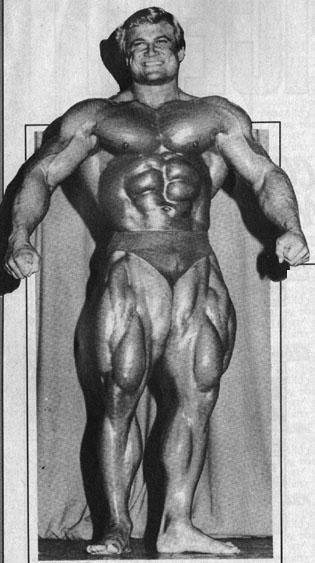
I'd get 8-10 reps for the
first 5 sets, then maybe 2-5 reps for the next 5. When I say 8-10 or 2-5,that's
reps done on my own; I'm not counting the 15-20 forced reps -- baby reps,
partial reps, negatives -- that Tony would assist me with. I'd raise the
machine arm as high as I possibly could so that my quads were fully contracted.
Then Tony would push down, in pulses almost, on the machine arm and I'd resist
his pressure. He'd repeatedly push down,then let go, and I would bring it back
up as high as I could. The weight would slowly get lower and lower because I
was getting fatigued,and finally about 6 to 7 minutes later the set would be
done. It was like a long, extended negative set with little pushes and pulls
throughout. And that was just one set.
When the set was over I'd
be in extreme pain, writhing around. And it was like an operation to get me out
of that machine as a few guys unbuckled me and took the chains and straps off.
Then I'd get up and hang onto the machine and gasp for air. But after a minute
or two, Tony would look at me and say, "You ready? Let's go." And
he'd lock me back into place again and I'd do 6-10 more sets.
Lying Leg Curls
I'd always do lying leg
curls at the completion or our workout. We used the old Nautilus leg curl
machine -- the one with a bicycle chain that made a ton of noise -- of course!
Again, a very antiquated machine but the most effective one of all time, I
believe. It's long gone but I still remember how it used to feel.
Because we did leg curls
at the end of the workout, I was pretty tired and could only do like 1-4 sets,
but I'd change it up to achieve failure. Sometimes I'd do 50 reps with moderate
weight, or I'd use tons of weight for only 3 reps. The workouts depended on my
mood and my level of exhaustion.
For the curls I'd do a
number of reps on my own, then I'd have Tony grab my ankles and push down very,
very slowly. I'd fight back the whole time and the negative part of the set
might last a whole minute. Two sets like that and I was finished.
Hack Squats

Hack squats were very,
very meaningful in terms of bringing out the sweep in my quads. Initially when
I was developing my training protocol I tried to do hacks after my barbell
squats. But because I could barely walk after squatting I had no strength to do
them, so I did the hacks on alternate weeks, too.
In the machine, I was
taught to put my heels together and point my toes out. That way you primarily
squat on the lateral edge of your foot, putting tension on the vastus
lateralis, which gives the thighs a sweep.
I'd do a warmup set with a
few plates on each side to get my head on right -- of course leaving some space
between the plates so they'd jingle and give me that sound I loved -- then I'd
do hack squats until I couldn't do any more. Sometimes I'd have four 45-pound
plates on each side for 8-10 reps. Other times I'd have a quarter or a dime on
their for 50 reps. The weight didn't matter. I'd go for that mental connection
to my body and my legs. I wanted to feel and grow that tension to the point where
I knew it was going to be effective in the muscles becoming larger, more
striated or more substantial.
I'd do several reps on my
own, then I'd have Tony push down on the machine while I'd do partial reps. Or
sometimes I'd have Tony sit on the machine, hang onto it and pull, and I'd do
baby reps, partial reps, isometrics and negatives. Whatever it took to
completely exhaust the muscles to the point of absolute failure -- then go
beyond that into the red zone. We'd do a total of about 6-10 sets of hack squats.
------------------------------------------
Want to know my most trusted supplement resource?
The book below is Vic's Bible!
 |
| CLICK HERE TO BUY. That would be your greatest investment! I am an affiliate of examine.com. If you buy the book I get a little commission. This allows me to bring you more great FREE articles. Science delivered to your doorstep from someone who does the research in the exercise/ nutrition lab, who lifts and understands your needs. |
------------------------------------------
Join us for discussions on our facebook group
Free advice & daily bodybuilding talk
Your #1 Bodybuilding destination in Mauritius
Free advice & daily bodybuilding talk
Your #1 Bodybuilding destination in Mauritius
©,2013, Veeraj Goyaram, Bodybuilding Mauritius. Any reprinting in any type of media is prohibited.
Disclaimer: The Content on this site is intended to be used for educational and entertainment purposes only. It is not intended to be and should not be interpreted as medical advice or a diagnosis of any health or fitness problem, condition or disease; or a recommendation for a specific test, doctor, care provider, procedure, treatment plan, product, or course of action. BODYBUILDING MAURITIUS is not a medical or healthcare provider and your use of this site does not create a doctor / patient relationship. We disclaim all responsibility for the professional qualifications and licensing of, and services provided by, any physician or other health providers posting on or otherwise referred to on this Site and/or any Third Party Site. Never disregard the medical advice of your physician or health professional, or delay in seeking such advice, because of something you read on this Site. We offer this Site AS IS and without any warranties. Correspondence: vicgoyaram@gmail.com
________________________________________________________________________________





